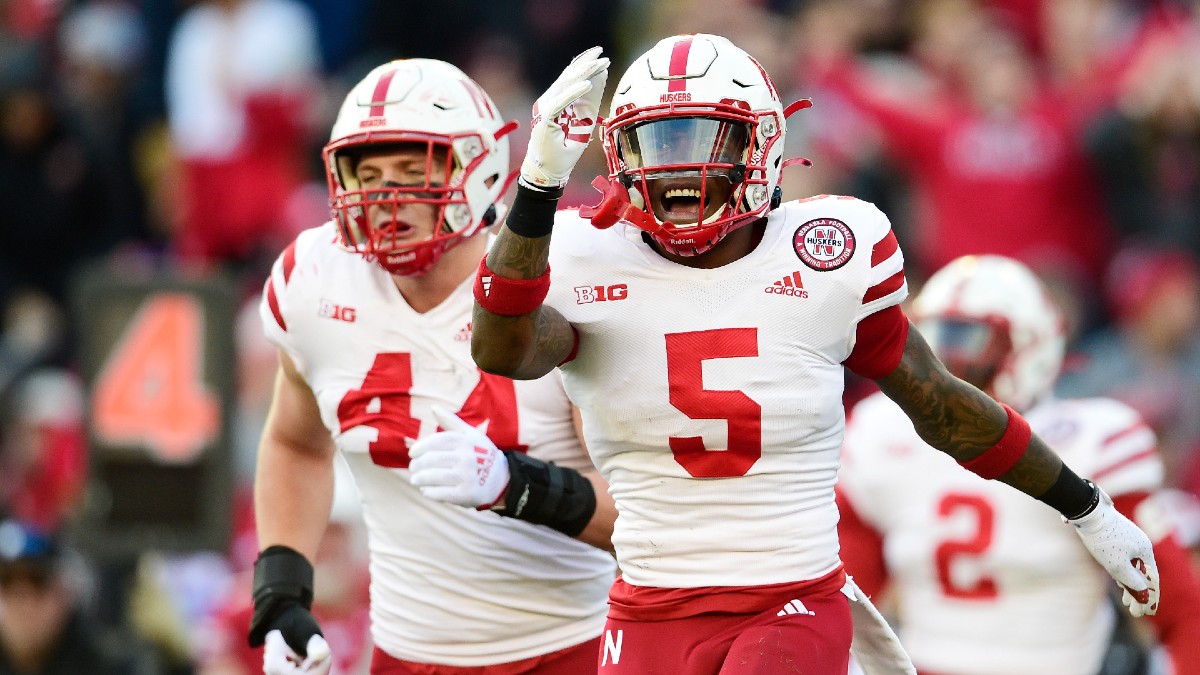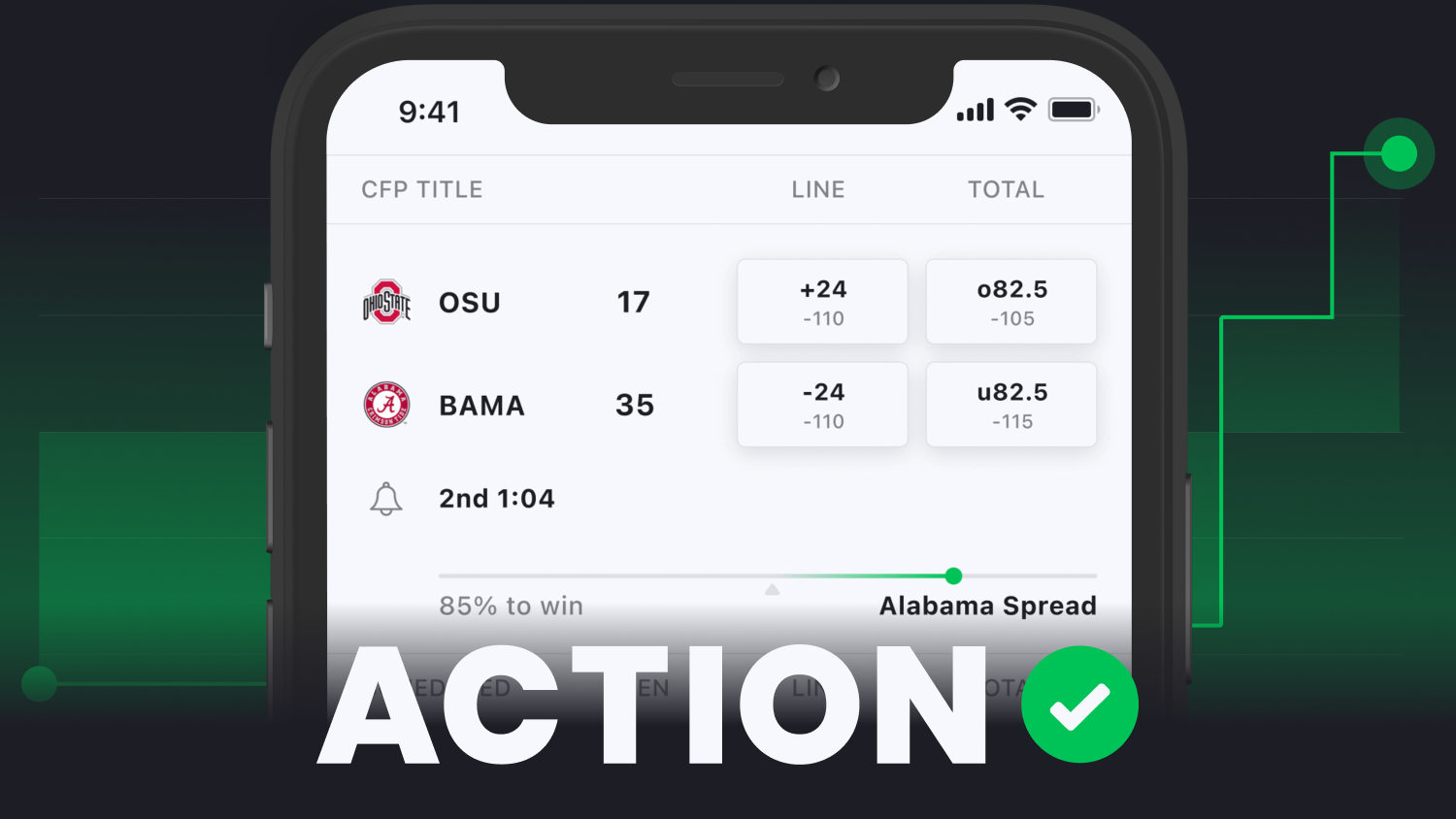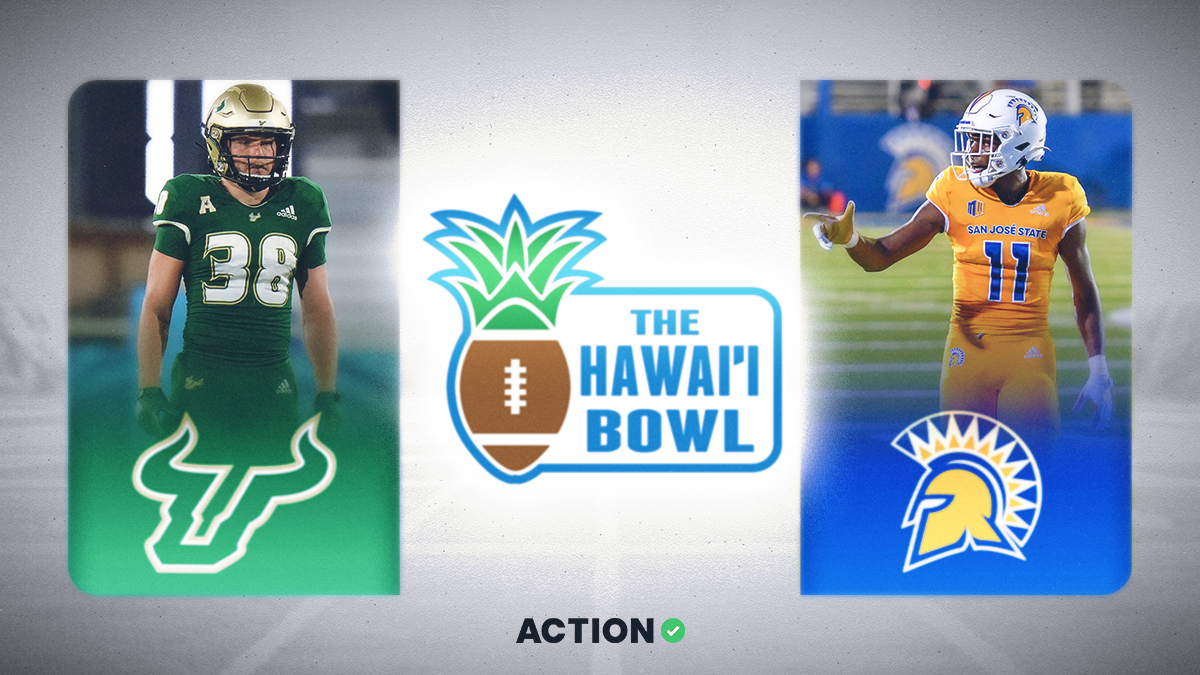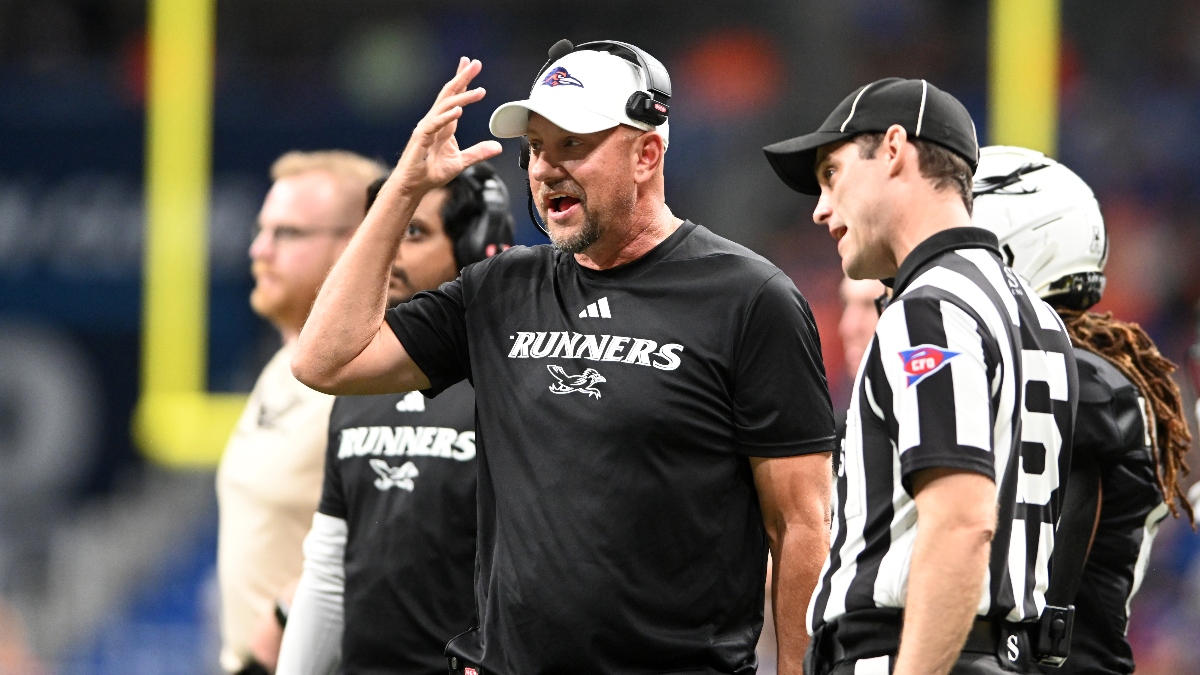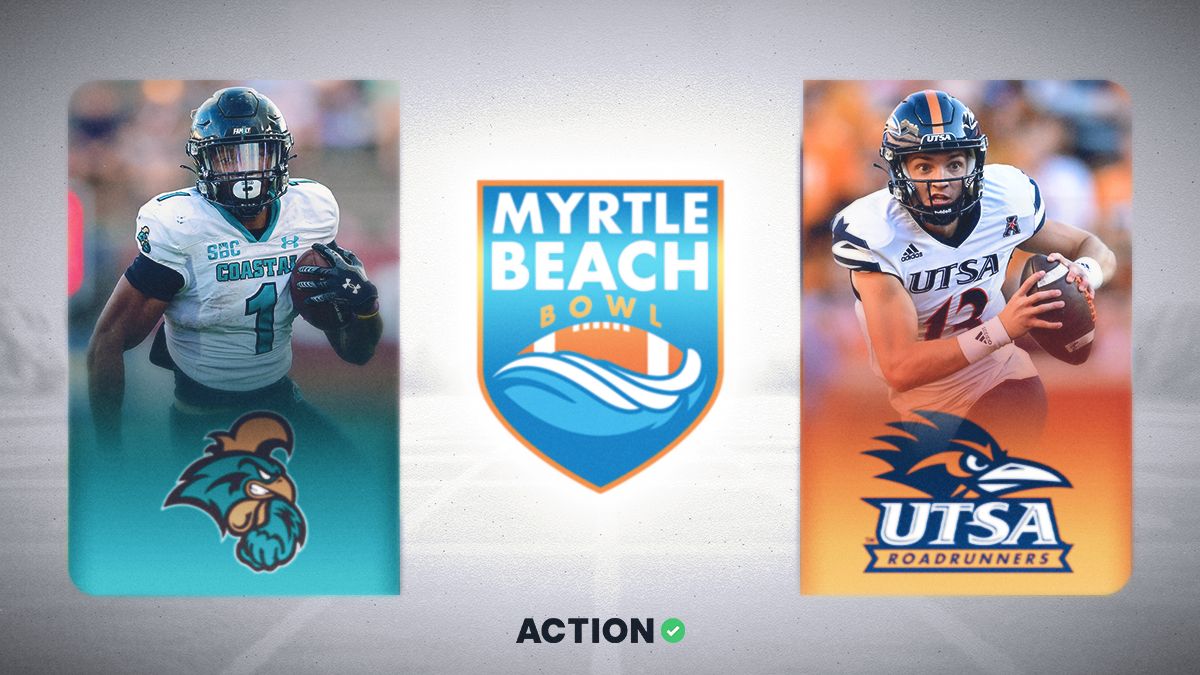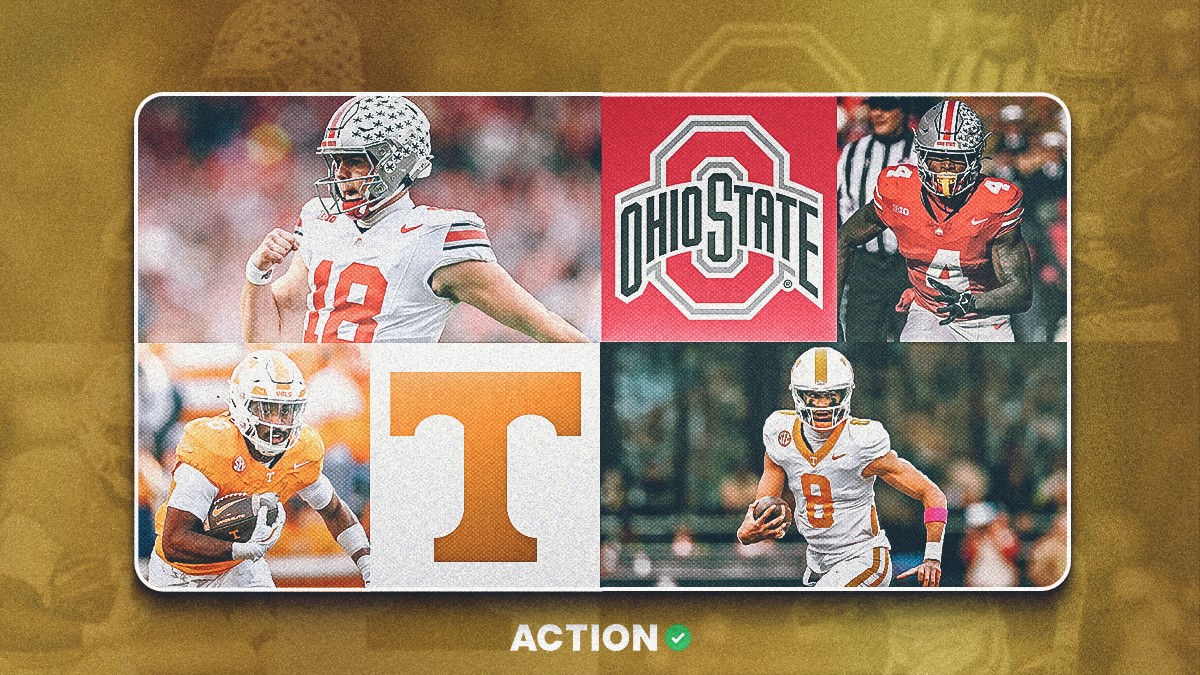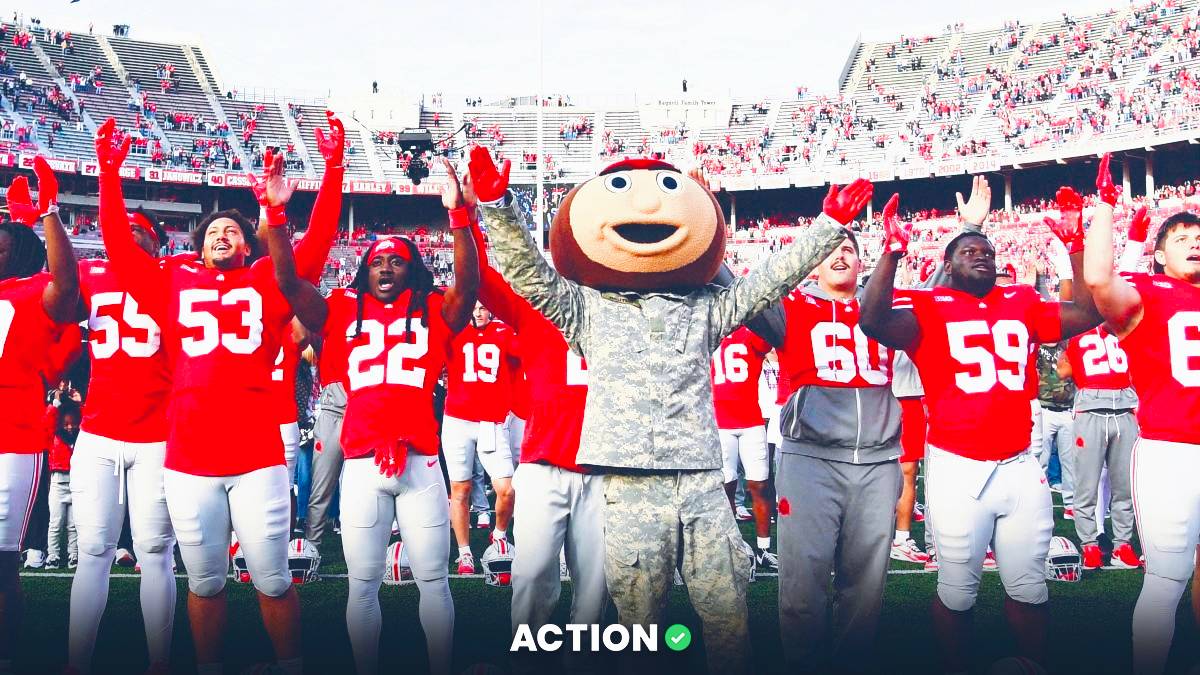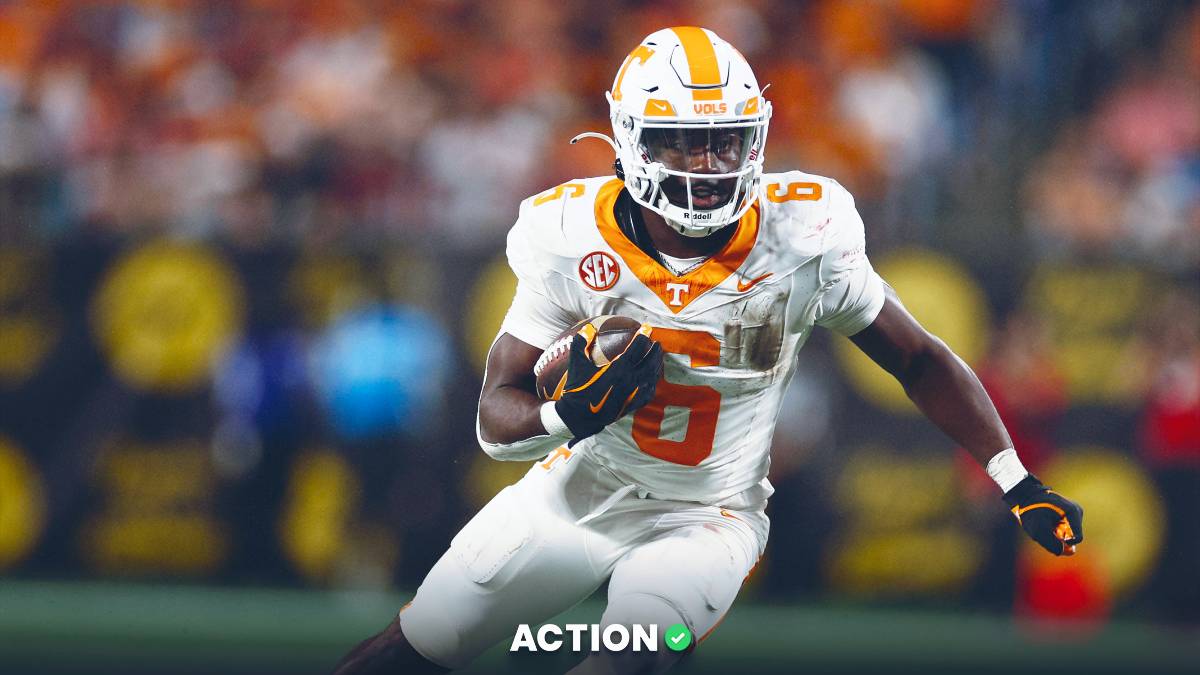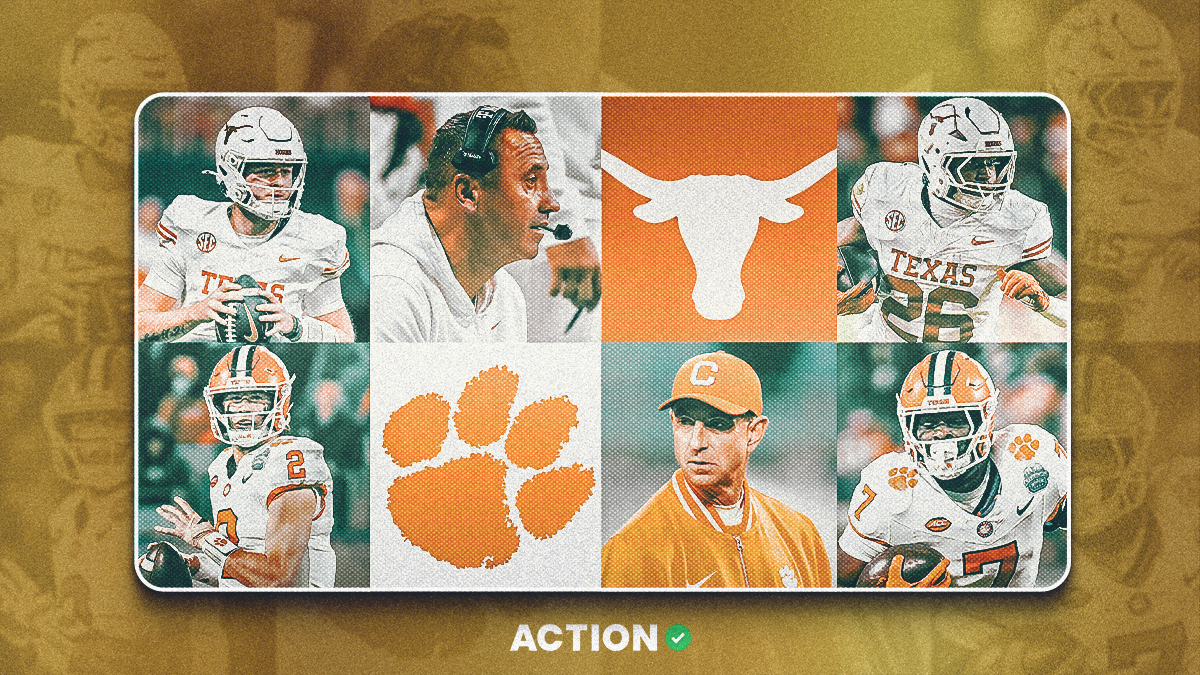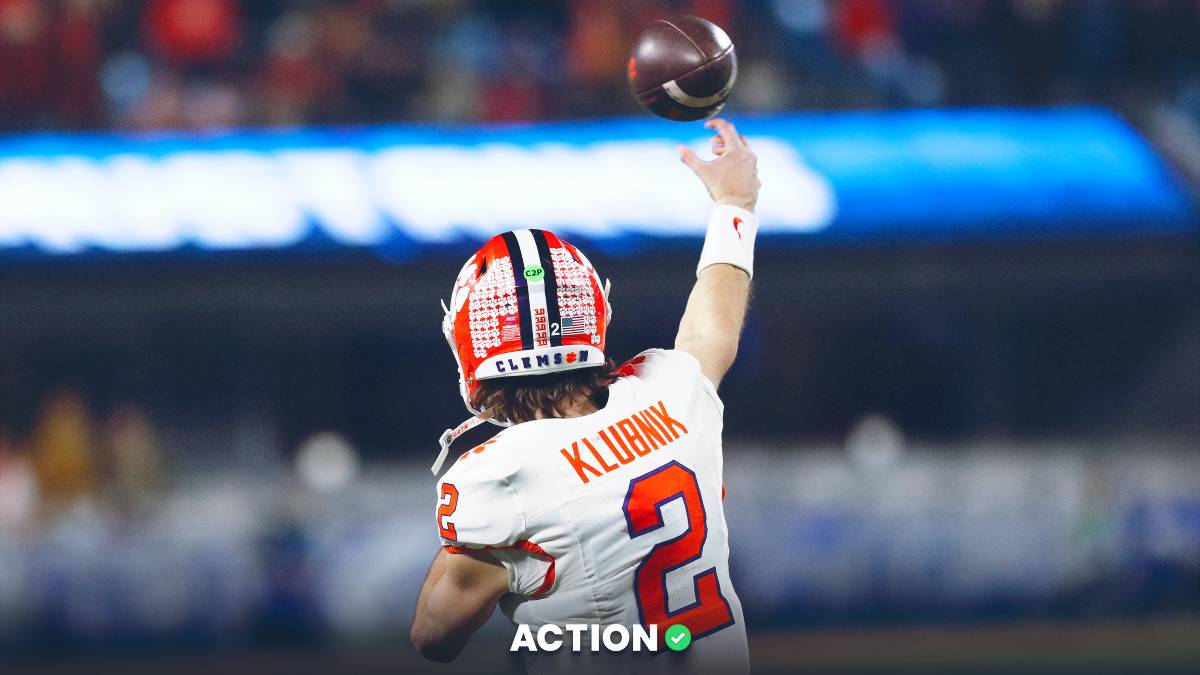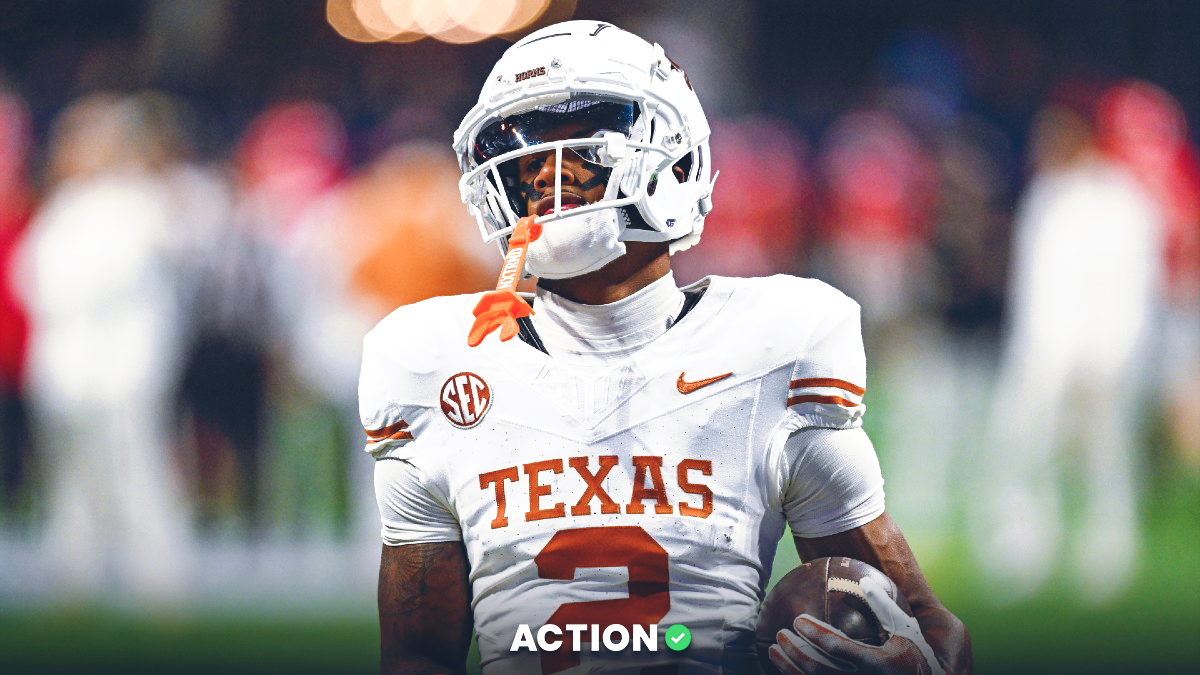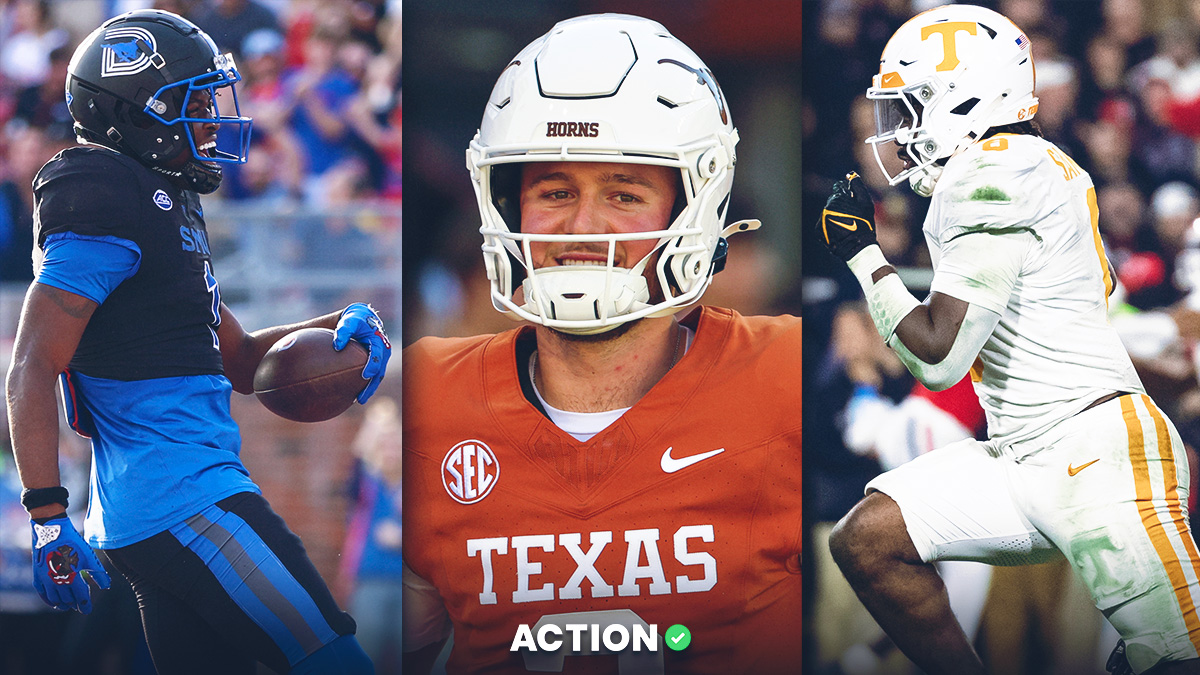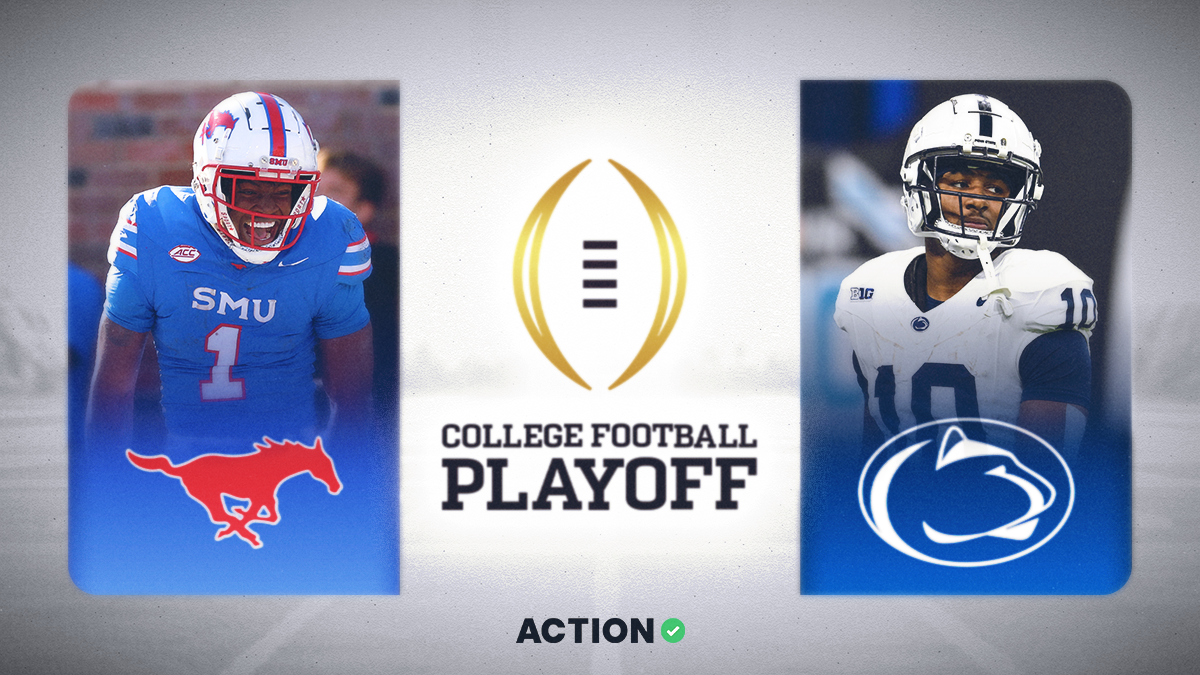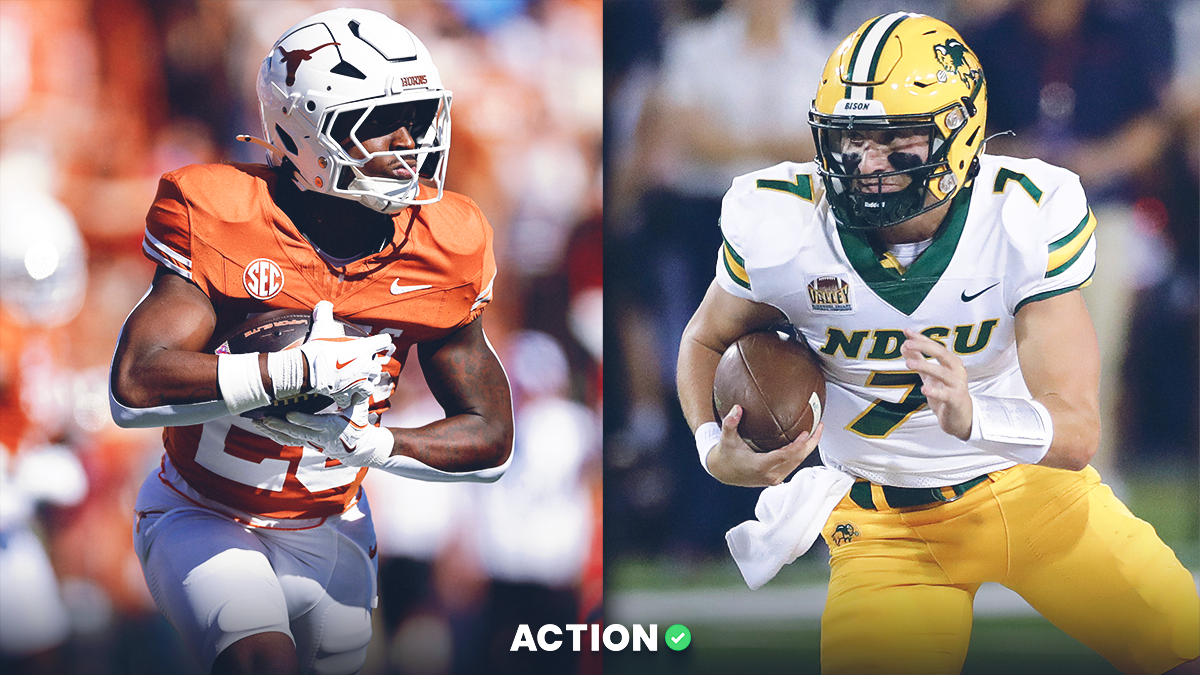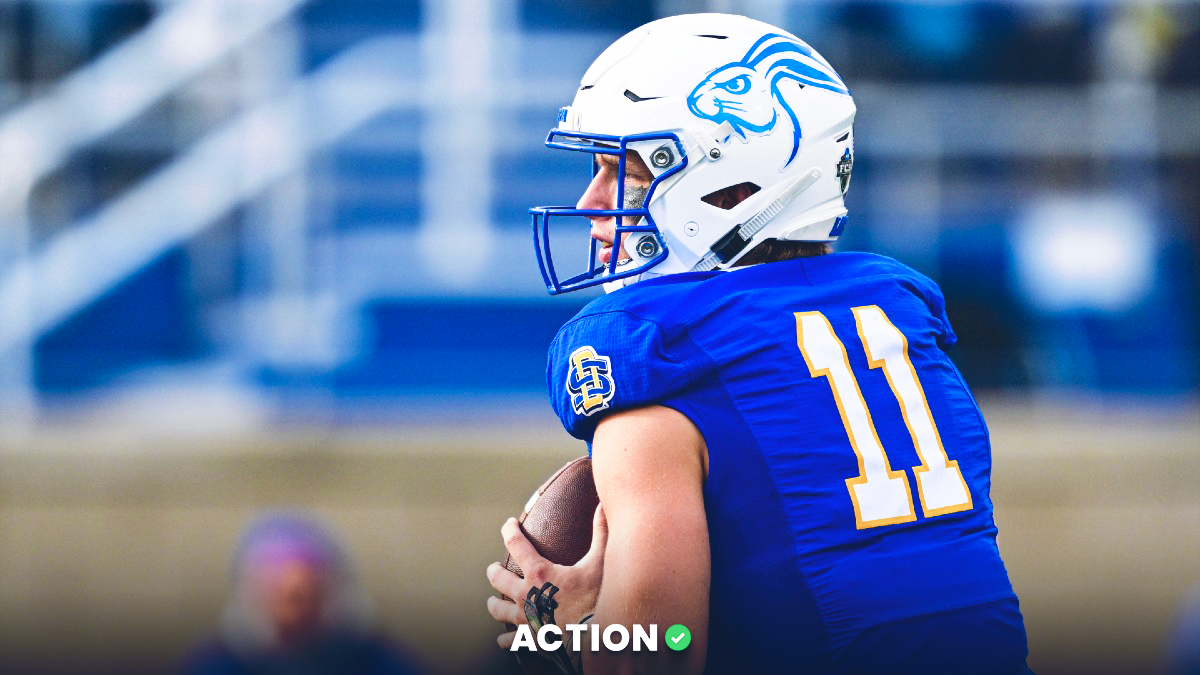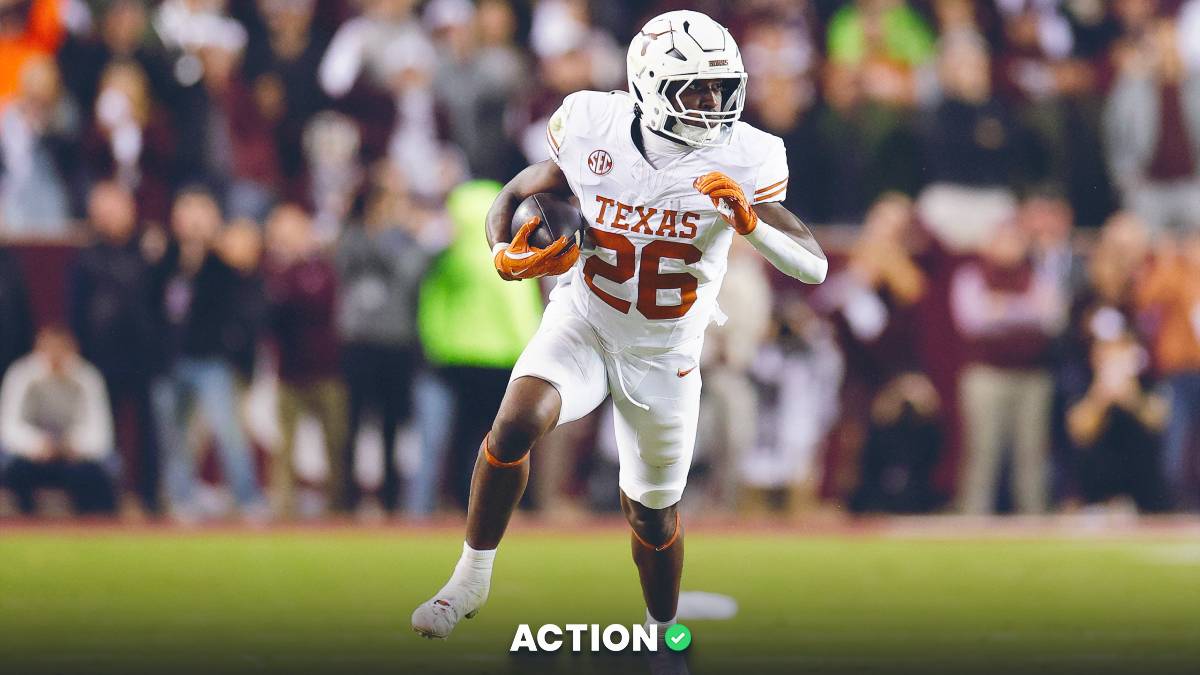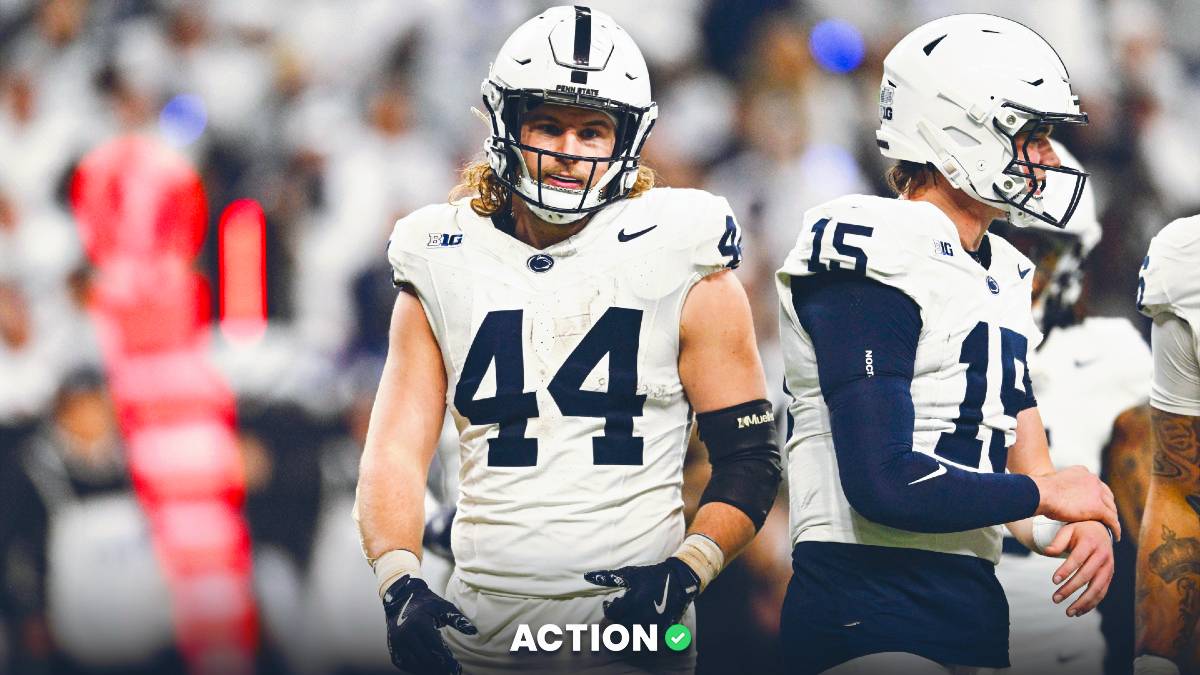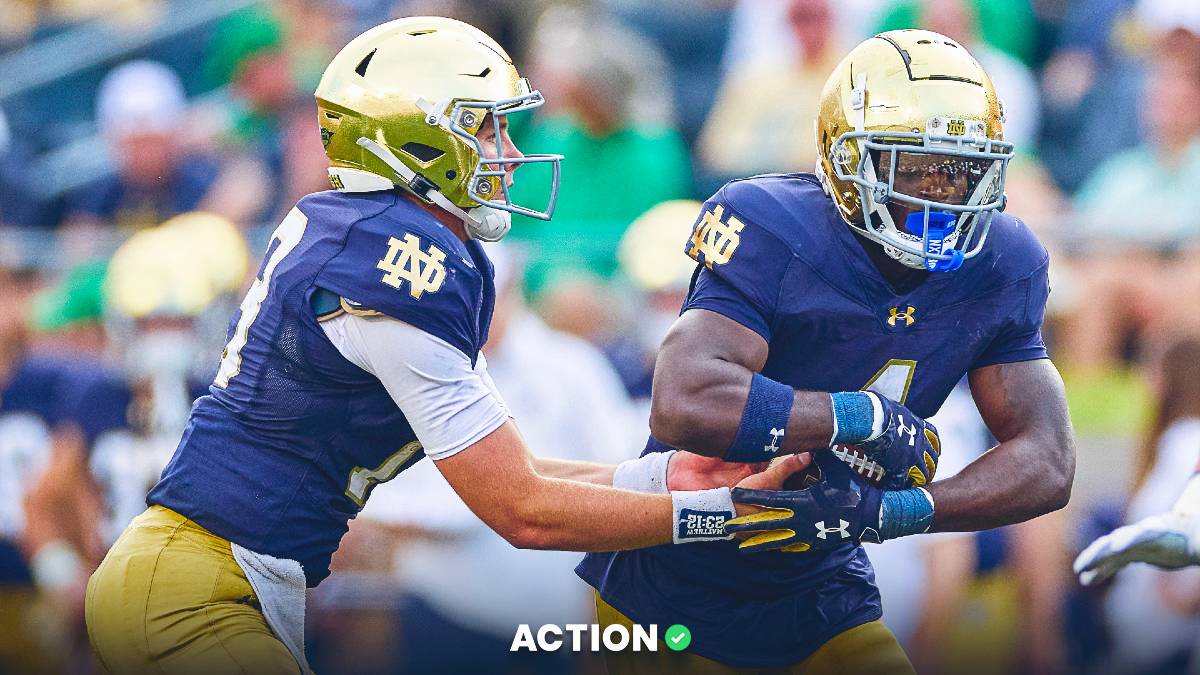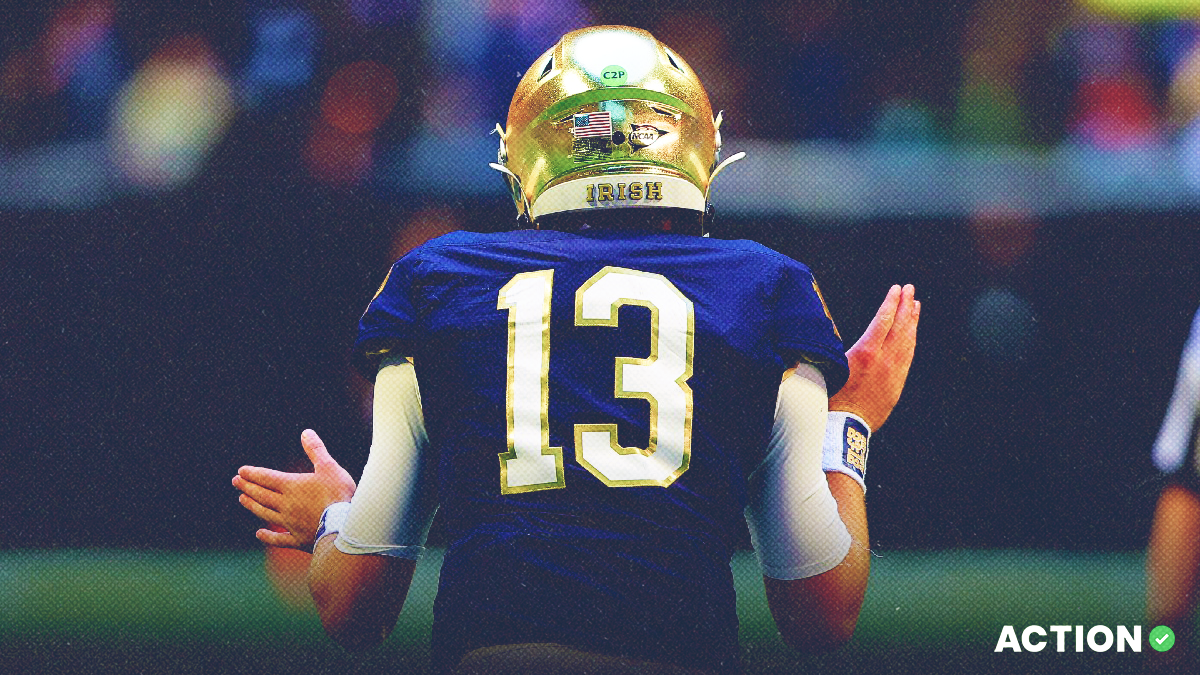In a sport like college football where the sample sizes are so small, a team’s final record can sometimes be misleading.
A lot of fans subscribe to the “you are what your record says you are” style of thinking, but a few high-leverage plays going for or against a team over the course of a season can be the difference between going into the offseason with positive momentum or overhauling an entire coaching staff.
While it’s true that most teams finish well within the range of expected outcomes at the end of the year, there are still plenty of outliers, both in a positive and negative sense.
You probably vaguely remember the Pythagorean Theorem from those math classes in high school, but before you close the page, we’re not going to turn this into a geometry class. In sports, we have something called "Pythagorean Expectation," which calculates a team’s expected win percentage based on point differential. The original formula was created by Bill James to be used in baseball, but it can be tweaked for use in football as well.
Simply put, it’s hard to consistently outperform or underperform your Pythagorean Expectation over the long run.
For the outlier teams from 2021, it’s more than likely that they will regress to the mean to certain degrees next season, whether that’s good news or bad news in 2022.
The Lucky Teams

Ball State ranked near the very top of this list after its MAC Championship in 2020, and the 2021 MAC champs enjoyed a similar type of season.
Despite being outscored by a total of 15 points this season (410-425), Northern Illinois had the conference title locked up by halftime against Kent State and finished 9-4 on the year.
Nine of NIU’s games finished with a one-possession margin of victory, and in those contests, the Huskies went 7-2, including a 4-0 record in games decided by less than a field goal. In fact, prior to the MAC Championship game against Kent State, Northern Illinois hadn’t beaten a single FBS opponent by double-digits.
Looking forward, it’s going to be very hard to sustain that kind of success in close games, but if the defense is able to provide any help whatsoever to the offense next season, the Huskies could be a challenger in the MAC yet again.
Right behind Northern Illinois was Michigan State, which saw its point differential take a big hit after a 49-point loss to Ohio State.
The Spartans shattered all expectations this year with their 10-2 record, running back Kenneth Walker III being in the Heisman conversation for most of the season, and head coach Mel Tucker getting to the point where he was being courted by some of the most prominent programs in college football.
But there were some fortunate bounces mixed in there as well.
This isn’t to say that Michigan State was a bad team in any sense, as its 7.5 expected wins mark still shot past the preseason win total of 4.5. Looking forward, Walker’s looming departure will be a big hole to fill, but Tucker has the arrow pointing up in East Lansing.
Followed by Michigan State are five straight conference championship participants: two champions in UTSA and Louisiana, and three runners-up in San Diego State, Oregon and Iowa.
The Aztecs were the luckiest of the bunch, turning their 8.8 expected wins into an 11-2 record and a berth in the Mountain West Championship game. The defense was one of the best in college football, but the same couldn’t be said for an offense that ranked 102nd in points per drive.
Looking at the two conference champions in UTSA and Louisiana, they combined for a 13-0 record in one-score games en route to identical 12-1 records and eventual conference championship trophies.
This actually continued a trend for Louisiana, which finished the 2020 season with a 7-1 record in contests decided by a possession. We’ll see if head coach Billy Napier brings some of that magic to a Florida team that has been awful in close games over recent years.
The Frustrating Teams

It’s hard to put into words how statistically improbable Nebraska’s 3-9 record was when considering its point differential. This was a team that outscored its opponents, 335-272, this season for an expectation of 7.5 wins. But it finished tied for last in the Big Ten West at 3-9.
Nebraska always found a way to shoot itself in the foot in high-leverage situations, which resulted in an 0-8 record in one-score games. The Huskers were competitive in every game, as the biggest loss of the entire season was by nine points to Ohio State, where they held an elite Buckeye offense to just 26 points.
Somehow, Nebraska went 7-5 against the spread this season, which sounds odd when considering how it seemingly found a way to disappoint every week. The good news for Husker fans is that if they maintain a similar level of play in 2022, it’s impossible for the luck to remain this bad, right?
It was a frustrating season for a few teams that had high hopes heading into the year, with one being Iowa State. The Cyclones were looking to take advantage of a massive pool of returning starters from a 2020 team that challenged Oklahoma in the Big 12 Championship game, but a 7-5 finish fell well short of the preseason win total of 9.5.
Texas’ Steve Sarkisian and Auburn’s Bryan Harsin were two first-year coaches at prominent programs who had some really tough breaks over the course of the season.
Texas showed some flashes early on but really faltered down the stretch, losing six of its final seven games. The Longhorns did play better than their record would indicate, but an expectation of 6.9 wins isn’t anywhere near where Texas wants to be, either.
Auburn is admittedly an example of how this formula could potentially be improved, as its point differential is greatly aided by beating Akron and Alabama State by a combined score of 122-10 to start the season.
Another noteworthy team that experienced some unfortunate luck in 2020 was Texas A&M, whose average point differential of over 13 per game would lead to nearly 10 expected wins in a given season.
The Aggies were better than their 8-4 record showed and were consistently in the top 10 in most public projection systems throughout the year, but they saw their four losses come by an average of less than a touchdown per game.
When they won, it was usually in a comfortable fashion, with six of their eight victories coming by 17 or more.


